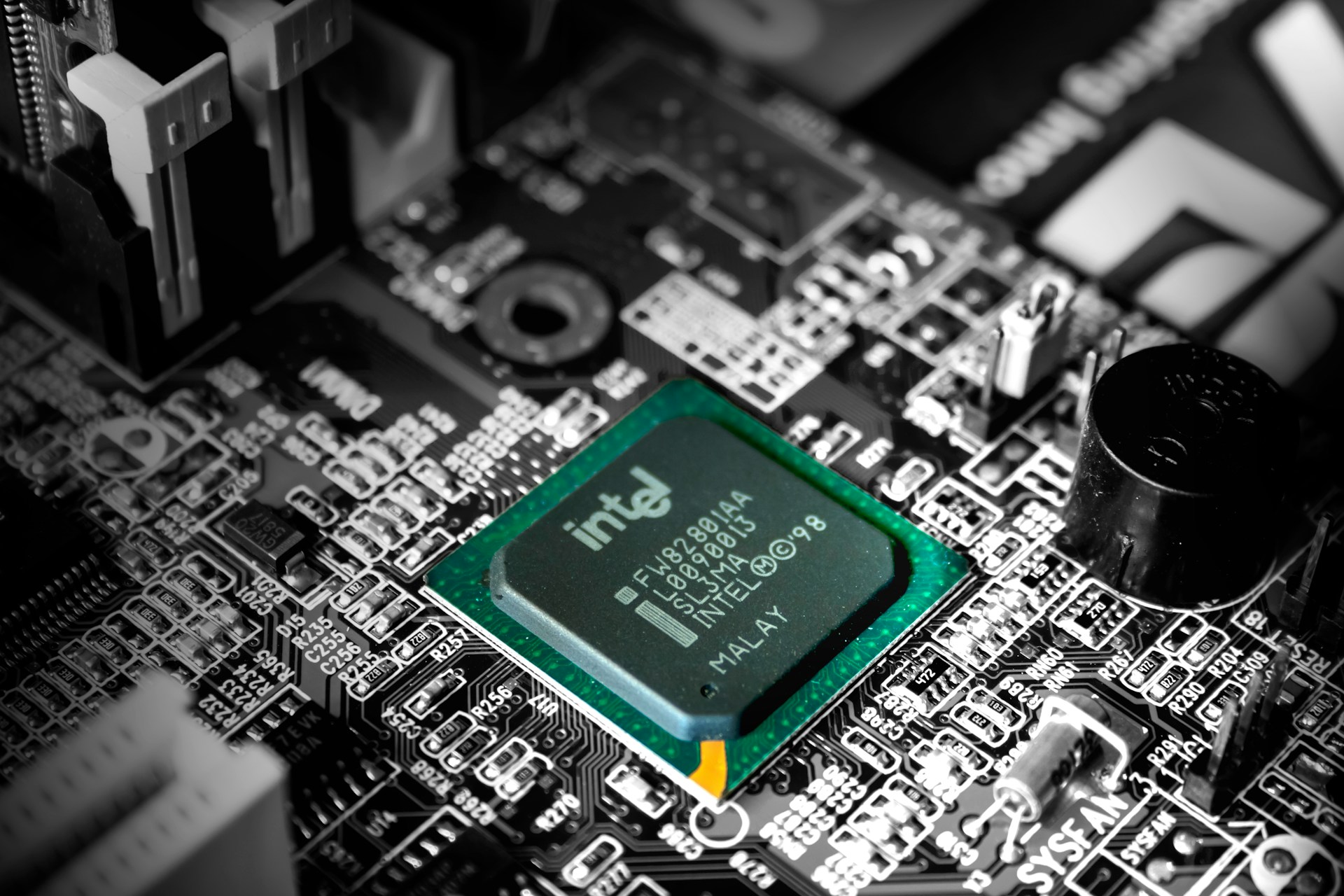Intel has introduced Hala Point, claimed to be the world’s largest neuromorphic computer, designed to mimic the human brain’s functionality far more closely than traditional computing systems. This leap in technology is part of Intel’s broader effort to revolutionize computing by increasing processing speed and energy efficiency.
Neuromorphic computing marks a radical departure from traditional computer architectures. Instead of separating data storage and processing tasks, neuromorphic systems utilize artificial neurons to handle both simultaneously. This approach imitates the structure of the human brain and aims to eliminate the inefficiencies that arise from transferring data between memory and processors in conventional computers.
Hala Point features 1.15 billion artificial neurons spread across 1152 Loihi 2 chips, capable of conducting 380 trillion synaptic operations per second. Despite its immense power, the system occupies only the space of a microwave oven, neatly packed into six standard server racks. This setup illustrates significant advancements in hardware integration and energy efficiency, with Intel claiming that Hala Point uses 100 times less energy than traditional systems for certain tasks.
The potential of neuromorphic computers like Hala Point lies in their ability to run complex AI models more efficiently than current technologies. Intel’s design aims to enhance the traditional AI training methods, which are often energy-intensive and slow due to the sequential nature of their processing. Neuromorphic systems could theoretically support a more fluid form of AI that learns continuously, much like our brains, without the need for retraining with each new task.
However, adopting neuromorphic computing isn’t straightforward. A major challenge is developing software that can fully leverage this new architecture. Most current applications and tools are designed for conventional hardware, necessitating substantial development to produce software that can translate regular computational tasks into operations that neuromorphic chips can perform effectively.
Despite these potential benefits, some experts, such as James Knight from the University of Sussex, remain skeptical about the immediate impact of these systems on mainstream AI applications. They point out that neuromorphic computers’ unique processing style, particularly their inability to train in parallel, could significantly extend training periods for complex AI systems compared to current methods using graphics cards.
Nevertheless, the debut of Hala Point represents a significant step toward what many envision as the future of computing—a future where computers not only process information faster and more efficiently but also in a manner that more closely mimics human cognitive functions. This could eventually lead to breakthroughs in artificial general intelligence (AGI), surpassing the capabilities of today’s AI models.
































































